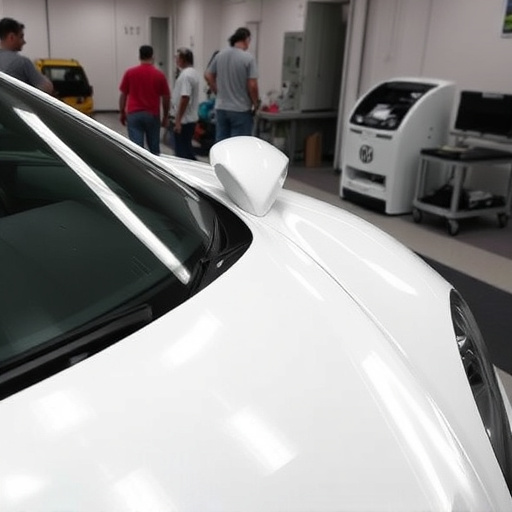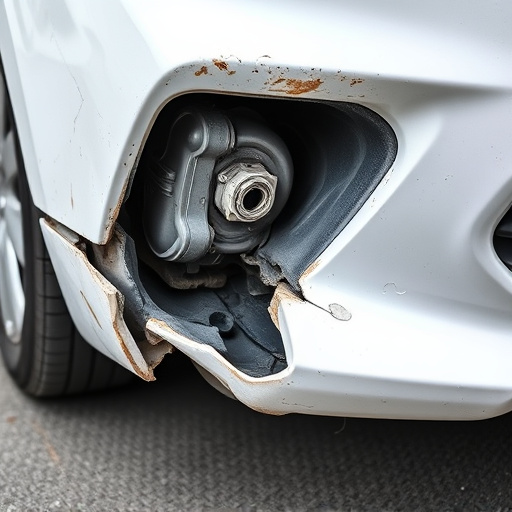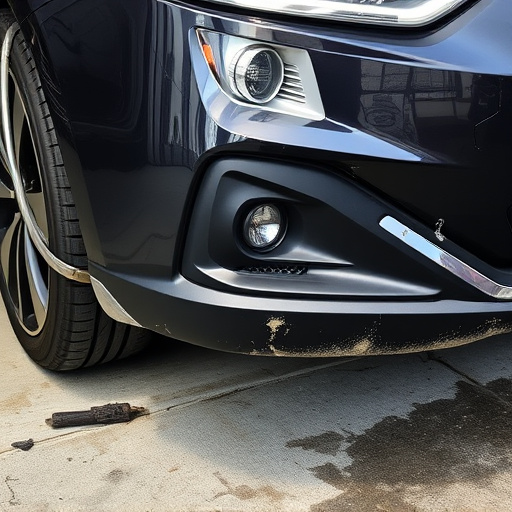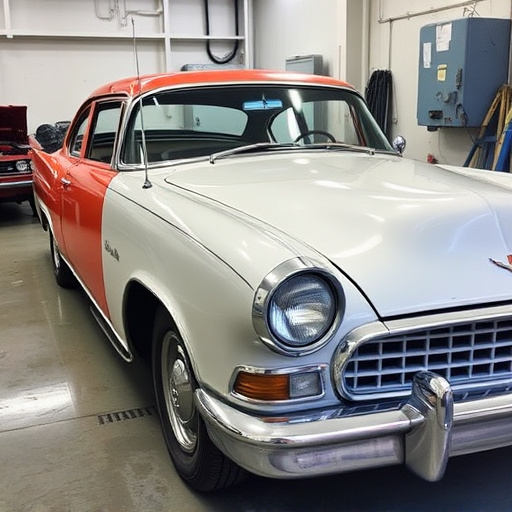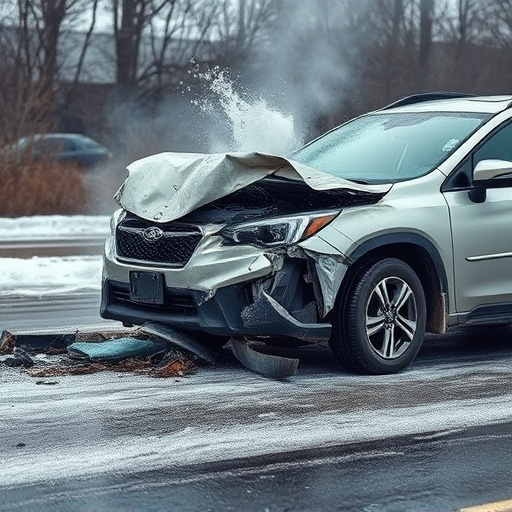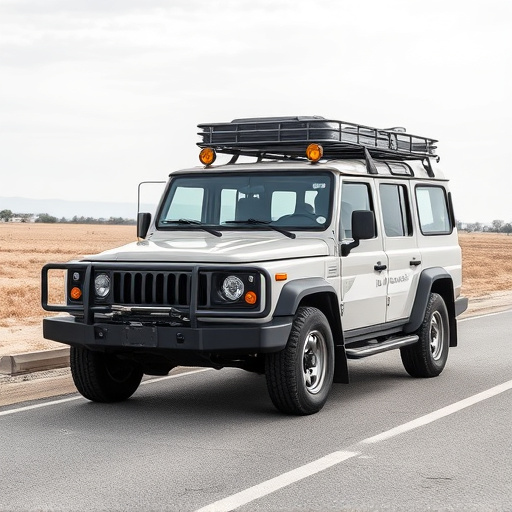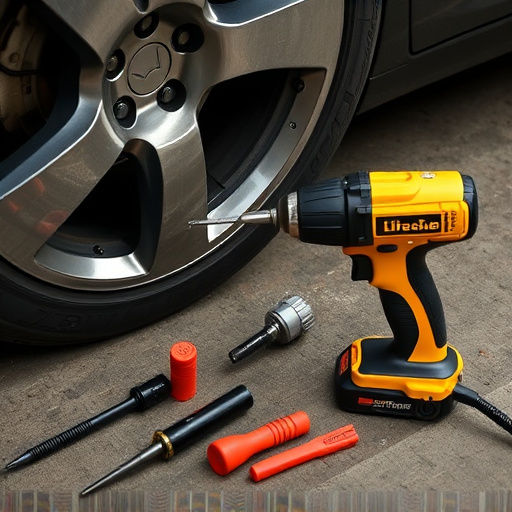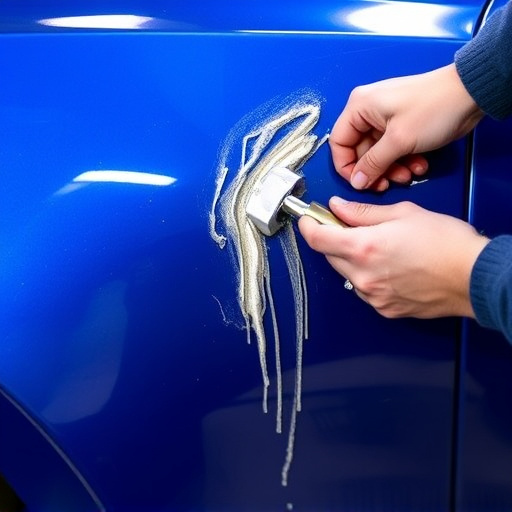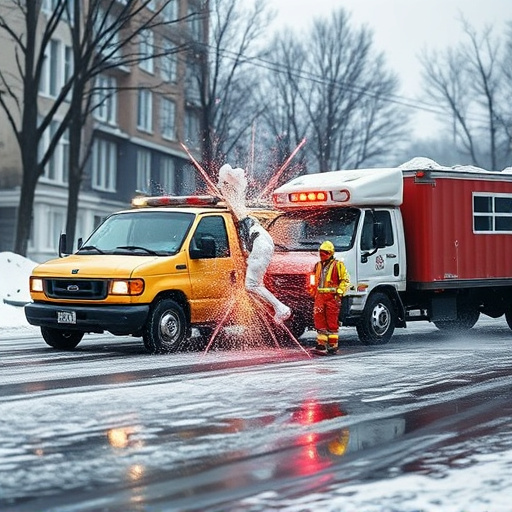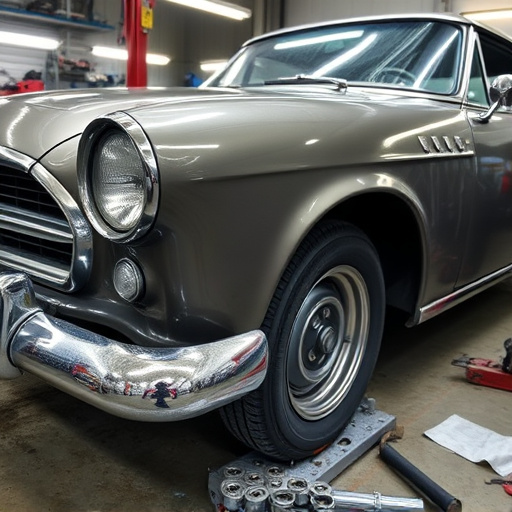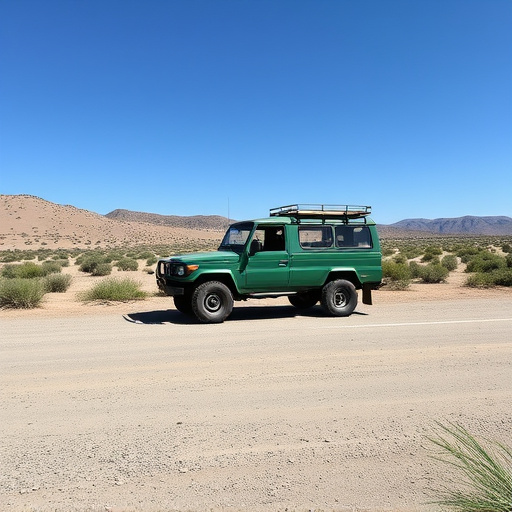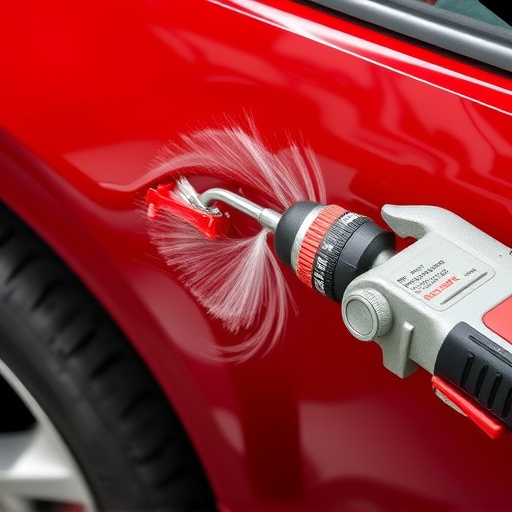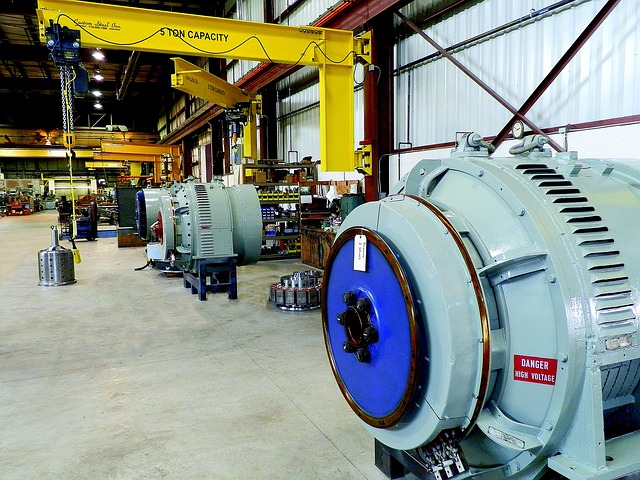Tesla air suspension systems in cold climates face challenges like frozen lines, valve issues, and reduced performance due to temperature effects. Regular inspection, prompt repair for leaks or defects, and specialized Tesla air suspension maintenance ensure optimal riding experience and safety during colder months.
“Tesla owners in colder regions often face unique challenges with their vehicles’ air suspension systems. This comprehensive guide addresses the specific issues that arise when operating a Tesla in freezing climates, focusing on effective Tesla air suspension repair. We’ll delve into the mechanics of air suspension, explore common problems caused by cold weather, and provide step-by-step troubleshooting and repair methods to ensure your Tesla maintains optimal performance year-round.”
- Understanding Tesla Air Suspension in Cold Climates
- Common Issues and Causes in Freezing Conditions
- Troubleshooting and Repairing Your Tesla's Air Suspension
Understanding Tesla Air Suspension in Cold Climates
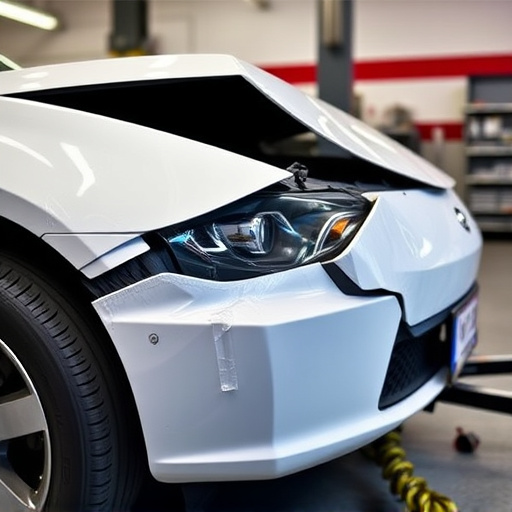
In cold climates, Tesla’s air suspension system faces unique challenges. This sophisticated technology, designed for a comfortable and smooth ride, relies on precise control of air pressure to adjust to road conditions. However, extreme cold can affect the performance of both the suspension itself and its electronic components. The air compressor, vital for maintaining optimal height and stability, may struggle to generate sufficient heat, leading to reduced efficiency. Additionally, cold weather can cause the air springs to stiffen, resulting in a harsher ride and potentially impacting vehicle handling.
Regular Tesla air suspension repair and maintenance are crucial to address these climate-related issues. This includes ensuring proper ventilation and heating systems within the suspension components to mitigate cold-weather effects on performance. Auto body services specializing in electric vehicles should be equipped to handle such repairs, offering tailored solutions for vehicle bodywork adjustments and replacements as needed, ultimately enhancing safety and comfort during colder months.
Common Issues and Causes in Freezing Conditions
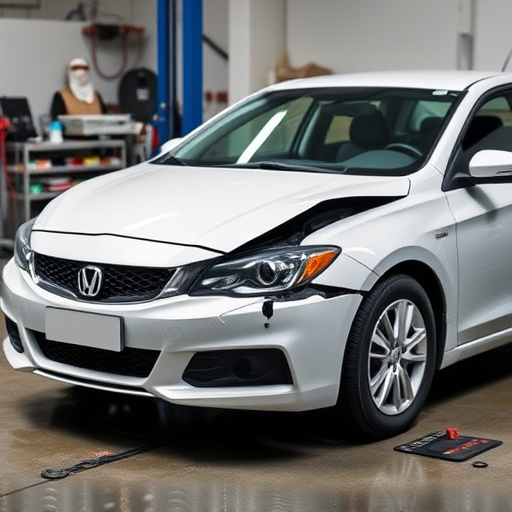
In cold climates, Tesla air suspension systems often face unique challenges due to freezing conditions. One of the most common issues is a loss of air pressure in the system, leading to a rough ride and reduced handling. This can be attributed to several factors, including the freezing of air lines and valves within the suspension. Over time, extreme temperatures cause these components to harden and crack, resulting in persistent air leaks that require professional Tesla air suspension repair.
Another frequent problem is the accumulation of ice and snow on the vehicle’s bodywork, particularly around the suspension components. This weight can put excessive strain on the air suspension, causing it to malfunction or even fail. Additionally, sudden temperature changes can lead to dent repairs in the vehicle’s auto body repairs as metal expands and contracts, putting stress on the frame and suspension system—a side effect that further complicates cold-weather driving for Tesla owners.
Troubleshooting and Repairing Your Tesla's Air Suspension

If your Tesla is experiencing issues with its air suspension in colder climates, it’s crucial to address the problem promptly. Troubleshooting starts with a thorough inspection to identify any leaks or defects in the system. Check all valves, lines, and sensors for damage, as these are common sources of trouble. A simple repair might involve replacing a worn-out valve or sealing a leak, which can often be done by a collision repair center specialising in electric vehicle maintenance.
For more complex issues, seeking assistance from an auto body shop with expertise in Tesla air suspension repair is recommended. They will diagnose the problem and suggest solutions tailored to your vehicle. Regular maintenance, such as checking air pressure and ensuring all components are in good working order, can prevent future cold-weather suspension hiccups. Remember, quick action on these repairs ensures a smoother ride and keeps your Tesla performing optimally year-round.
In cold climates, Tesla’s advanced air suspension system can face unique challenges. By understanding the specific issues that arise due to freezing conditions and implementing effective troubleshooting and repair methods, owners can ensure their vehicles maintain optimal performance year-round. Regular maintenance and timely repairs for Tesla air suspension problems are key to a smooth ride in all seasons, enhancing safety and comfort without compromising the vehicle’s innovative capabilities. For those facing these challenges, proficient Tesla air suspension repair services are readily available to restore functionality and address cold climate operating issues effectively.
